Top 10 Fundraising Pitch Deck Examples for Startups That Raised Millions
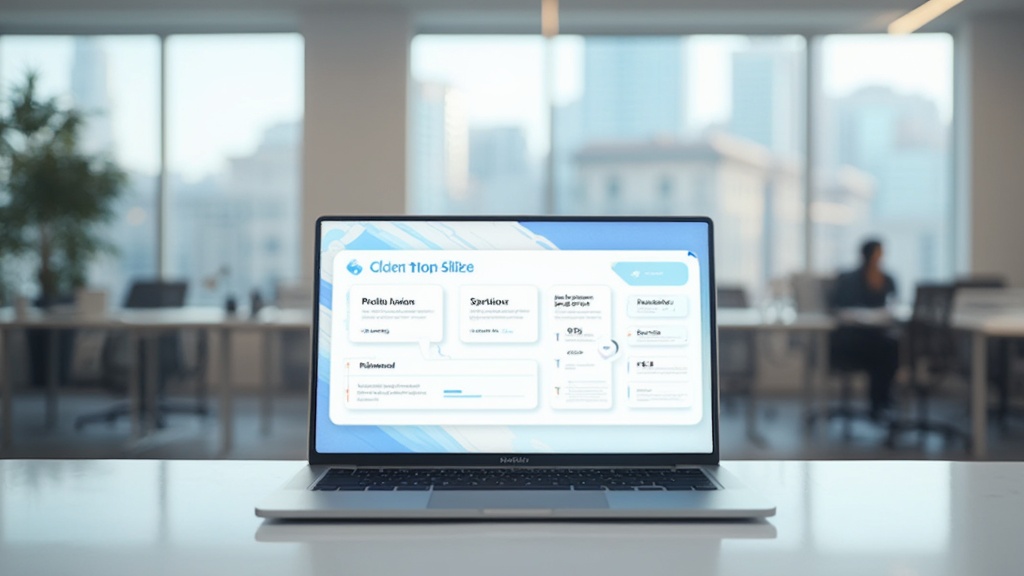
Introduction
Crafting the perfect startup pitch deck is essential to attracting the right investors and securing funding. Whether you’re preparing for seed funding or a Series A round, understanding what makes a fundraising pitch deck effective can set your startup apart.
In this article, we’ll explore 10 of the most successful startup pitch decks that helped companies like Airbnb, Uber, and LinkedIn raise millions. From storytelling frameworks to traction metrics and market validation, each case study highlights proven strategies that resonate with investors.
Airbnb Pitch Deck: Simplicity + Storytelling
Airbnb’s pitch deck is often cited as a masterclass in simplicity and effectiveness. It presents a clear problem (expensive hotel stays) and offers a relatable solution (affordable stays in local homes). Using platforms like Craigslist and Couchsurfing for early traction, they validated demand with 17,000 weekly listings in top cities.
Airbnb also communicated a massive market opportunity, citing 2 billion annual trips booked globally. Their design used minimal text and high-impact visuals, showing investors a product with emotional appeal and clear growth potential. The story focused not just on rooms but on experiences—a strategy that emotionally resonated with backers.
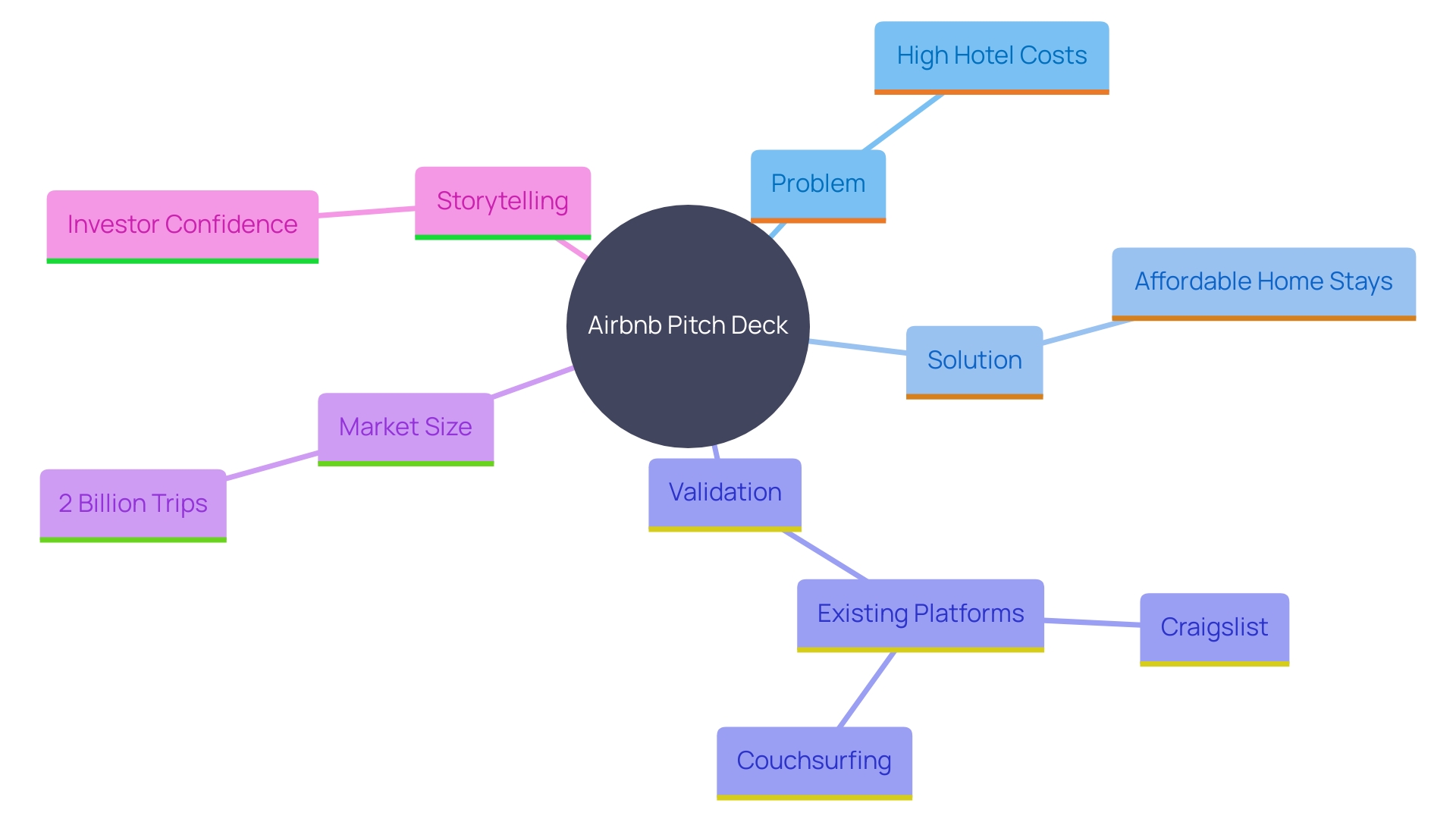
Buffer Pitch Deck: Data-Driven Growth
Buffer’s fundraising pitch deck stood out for its transparent, metrics-driven approach. Instead of just telling a story, Buffer showed real traction through KPIs like user numbers, revenue growth, and engagement stats. This built immediate credibility and helped position them as a startup with a proven foundation.
Their investor pitch deck also highlighted market demand, growth projections, and a clear business model. Buffer’s method is ideal for startups with tangible traction that want to emphasize credibility and upward momentum to secure funding.
Mixpanel Pitch Deck: Problem-Solution Focus
Mixpanel created a fundraising pitch deck that laser-focused on a key pain point: lack of deep user analytics. Their deck clearly communicated this problem and presented their real-time analytics platform as the solution.
Backed by data from over 7,700 companies, Mixpanel showed its reach and relevance. They paired customer testimonials with usage metrics, presenting a compelling case for continued growth. The clarity and data in this startup pitch deck offer a blueprint for others tackling niche but critical problems.
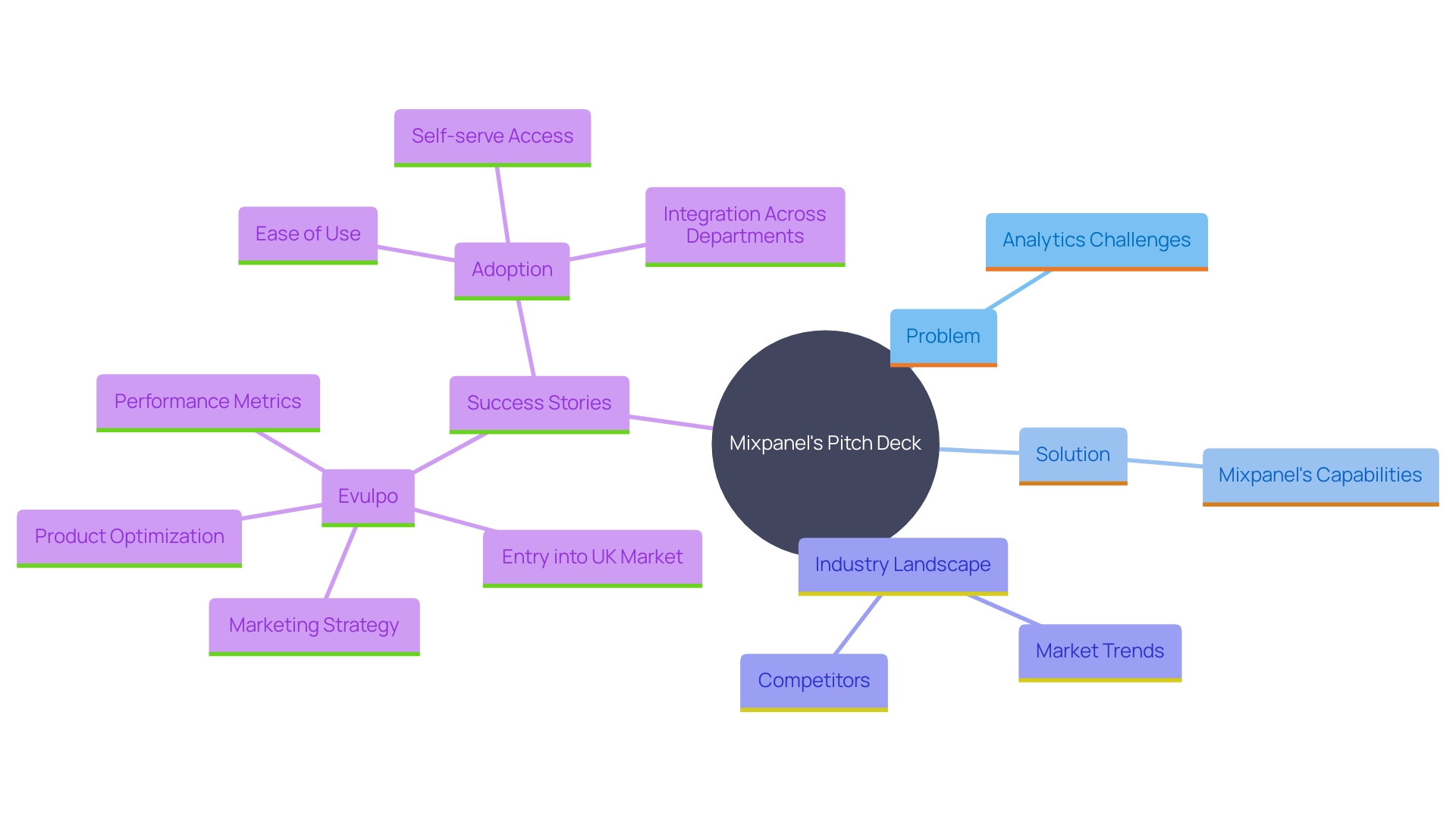
Front Pitch Deck: Strong Value Proposition
Front’s pitch deck excelled in clearly explaining what the product does and why it matters. The opening slides outline pain points in team communication and collaboration, validated by industry insights and growth trends.
Instead of flashy design, the fundraising deck focused on clarity, substance, and relevance—three things early-stage investors love. The value proposition was direct: make team communication seamless. This clarity gave investors confidence in both the product and the team’s execution.
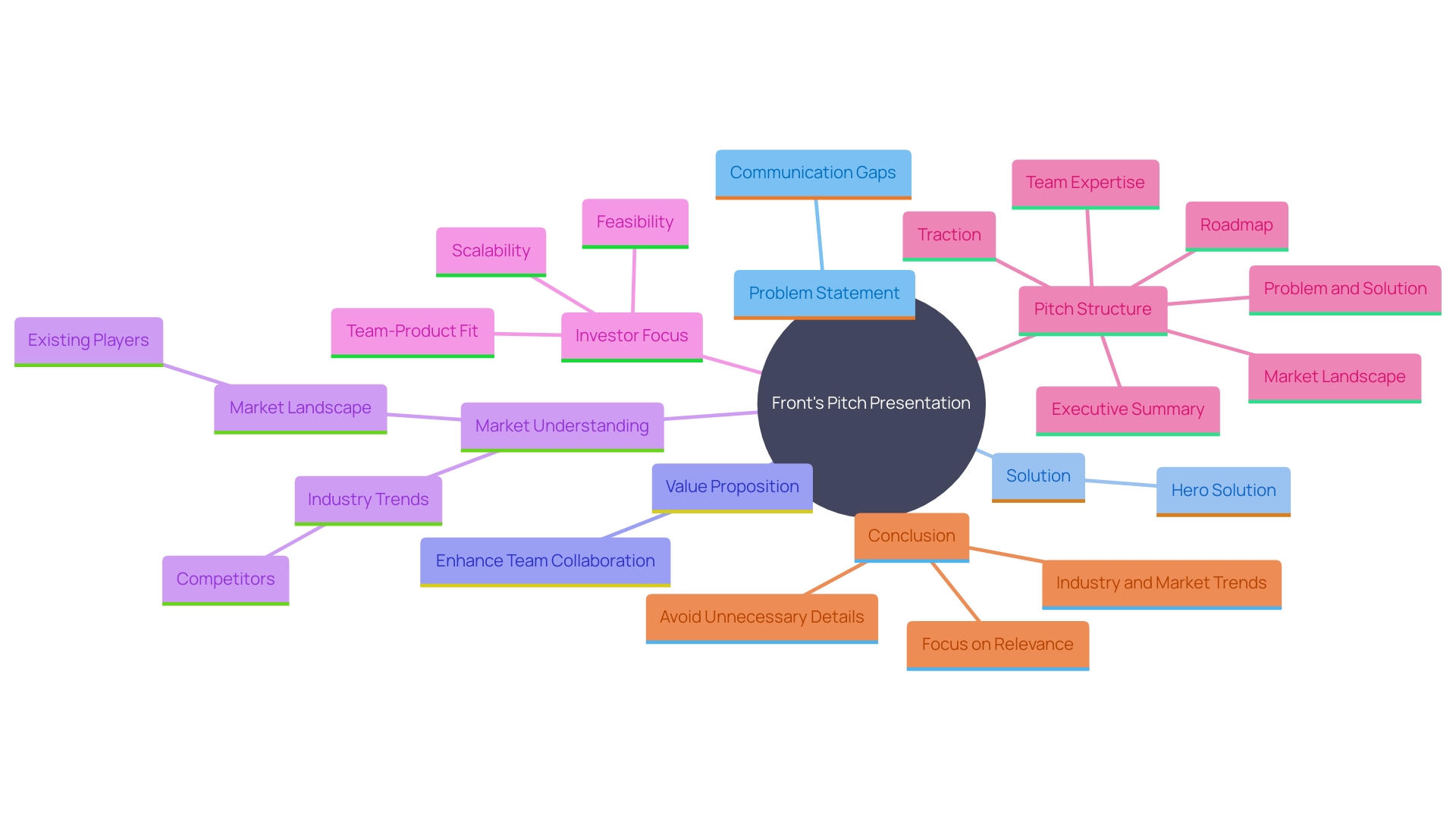
LinkedIn Pitch Deck: Scalable Networking Model
LinkedIn’s original pitch deck nailed the importance of scale and niche positioning. It emphasized professional networking—a relatively untapped market at the time. The pitch outlined how user acquisition, engagement loops, and monetization would work in the long term.
By showcasing a clear business model and emphasizing thought leadership content, LinkedIn positioned itself as a trusted platform. Their success proves that clearly identifying your niche and growth path can be just as compelling as flashy metrics.
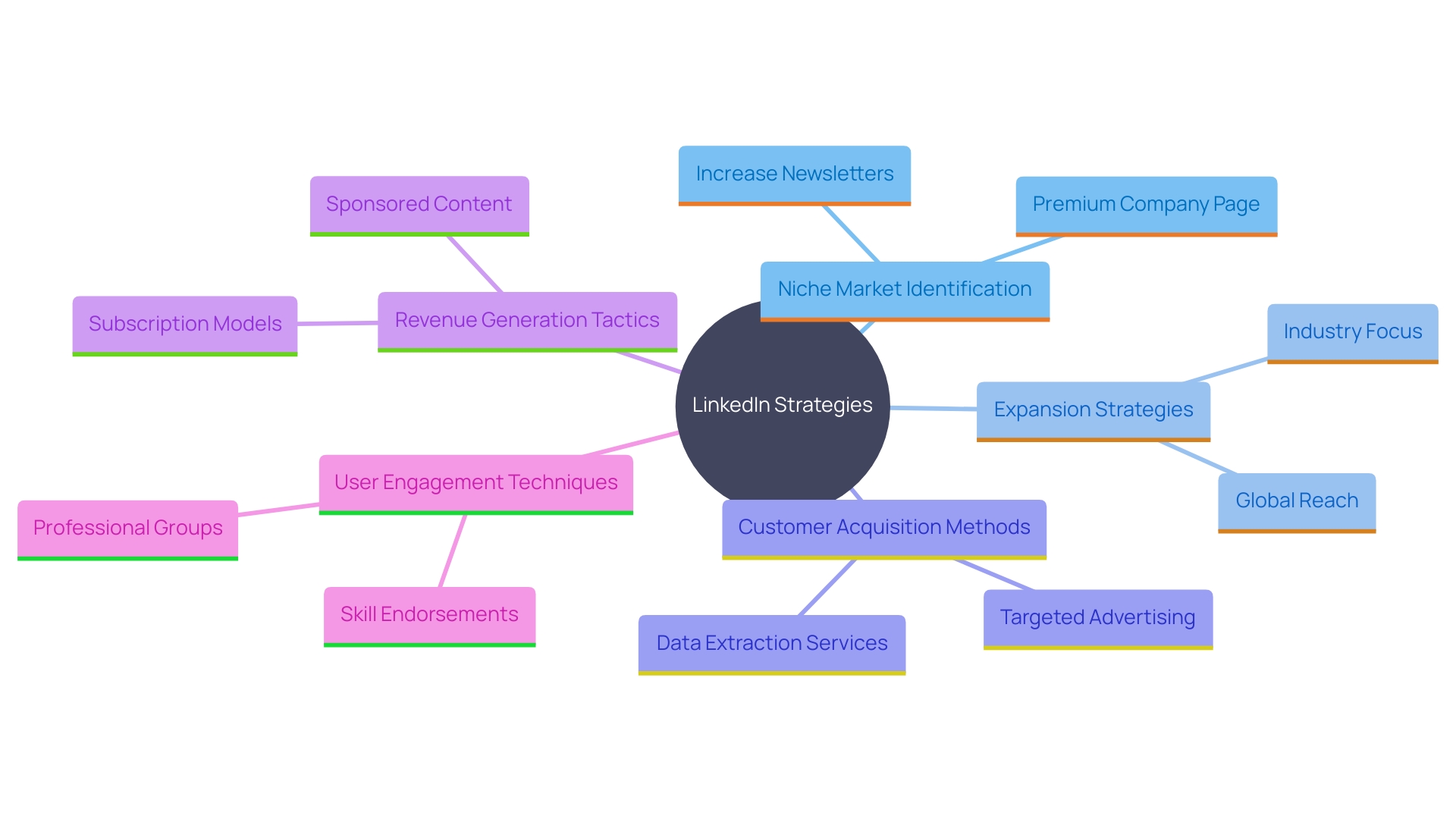
Facebook Pitch Deck: Clear Market Positioning
Facebook’s early investor pitch deck focused on user engagement and network effects. It positioned the company as the social layer of the internet, with clarity around product-market fit and user behavior trends.
This pitch deck for startups emphasized simple design, straightforward messaging, and a vision for long-term platform growth. It was less about features and more about user value, setting a new benchmark for clarity in investor presentations.
Foursquare Pitch Deck: Social Proof in Action
Foursquare’s deck relied heavily on user metrics and engagement to create social proof. This type of validation helped investors see it wasn’t just an idea—people were already using and loving it.
Screenshots of user reviews, engagement charts, and retention stats made this startup pitch deck a confidence booster. It’s a great example of how showcasing your user base can be just as powerful as talking about your product.
Uber Pitch Deck: Huge Market Opportunity
Uber (originally UberCab) disrupted an outdated industry—taxis—with a tech-driven alternative. Their investor pitch deck outlined inefficiencies in the market, customer pain points, and a vision for a better, on-demand ride experience.
Uber used clean design, clear value messaging, and a huge TAM (Total Addressable Market) to win attention. It’s an ideal example of how startups can combine pain point identification and market sizing to build a compelling investor case.
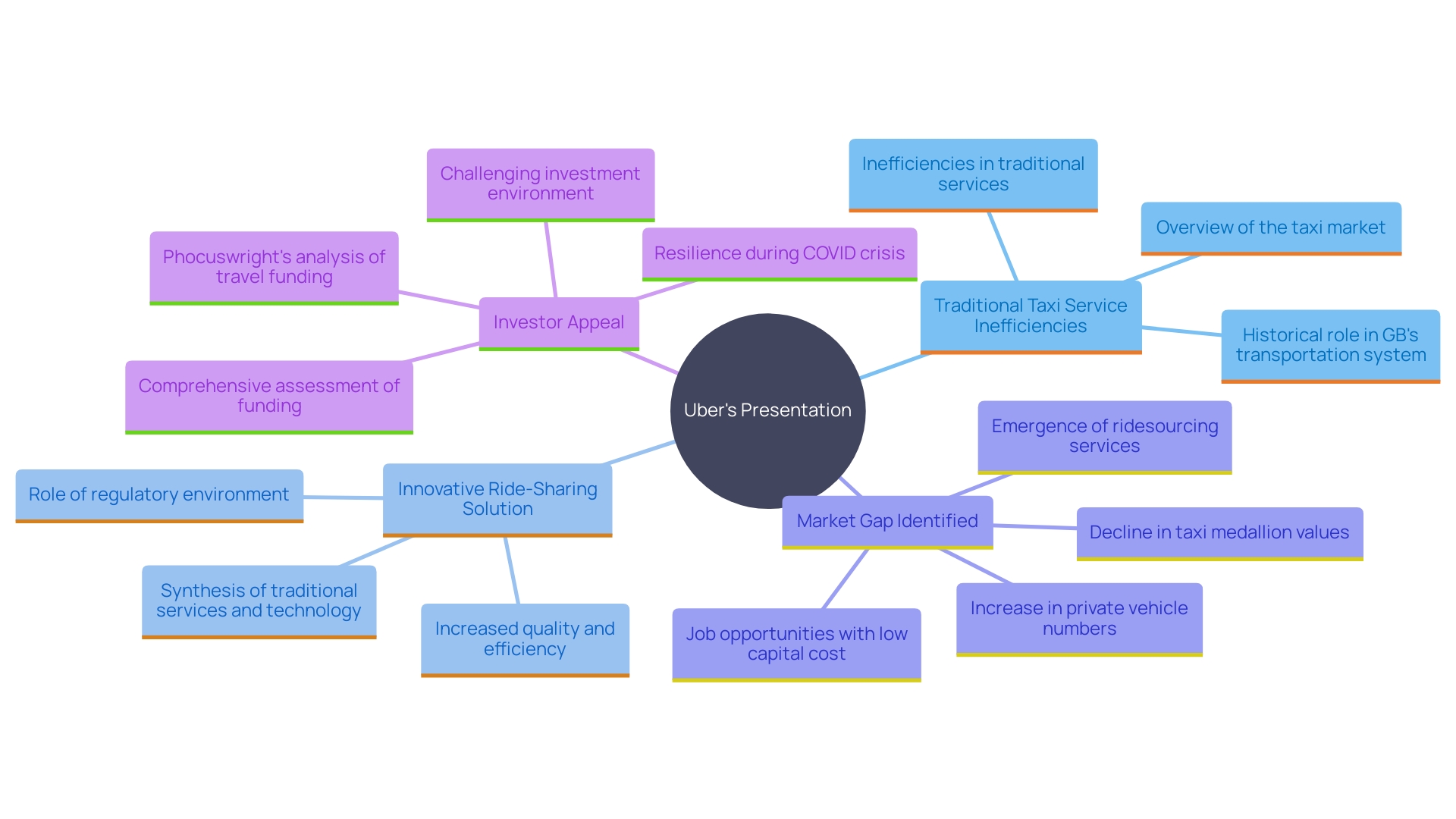
Intercom Pitch Deck: Early Traction + Validation
Intercom’s fundraising pitch deck focused on early adoption and market validation. They used case studies, customer quotes, and usage statistics to show product-market fit.
Like Uber, Intercom highlighted how its solution filled an existing gap with data-driven storytelling. This pitch deck for startups emphasized that the product was already working—a key factor in earning investor trust.
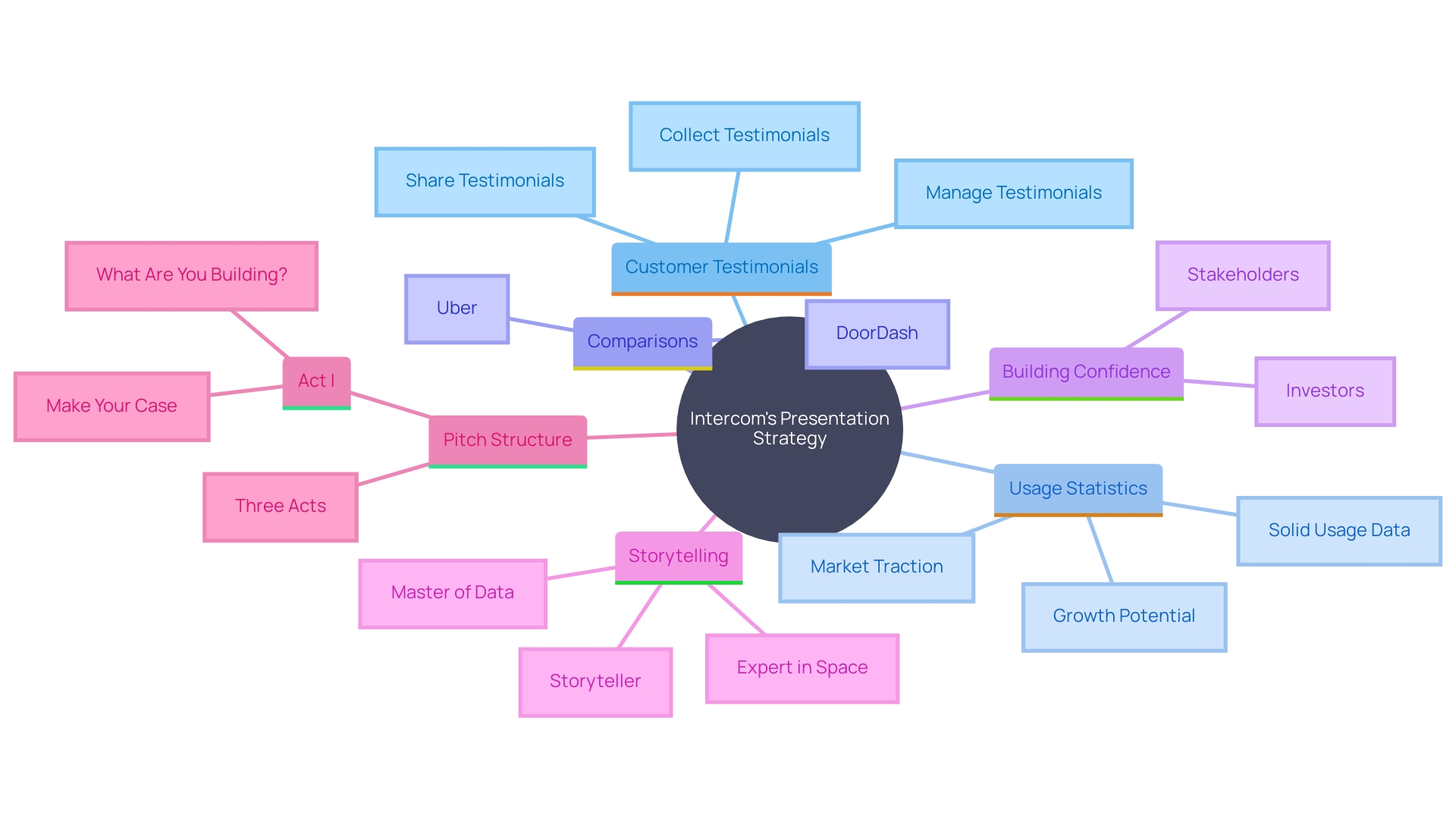
Wealthsimple Pitch Deck: Disrupting Finance
Wealthsimple’s investor pitch deck stood out by targeting a younger, tech-savvy demographic in a traditionally conservative industry. Their fundraising pitch deck highlighted how they simplified investing for millennials and Gen Z.
Their mission-driven narrative, supported by emerging trends in fintech and wealth management, positioned them as industry disruptors. The use of clean visuals and future-focused projections made the value clear to investors.

Conclusion
These top 10 fundraising pitch deck examples reveal the strategies that helped startups raise millions. From Airbnb’s emotional storytelling to Buffer’s data-rich presentation, the key themes are clear:
Define a real problem and show your solution
Use metrics or traction to validate your business model
Focus on clarity and storytelling
For Chief Marketing Officers and founders, these case studies provide a blueprint on how to create a winning pitch deck for startups.
FAQs
What is a startup pitch deck?
A startup pitch deck is a visual presentation used by founders to communicate their business idea, market opportunity, product, and traction to investors.
What should a fundraising pitch deck include?
It should include the problem, solution, market size, business model, traction, team, competition, financials, and a clear call to action.
How long should an investor pitch deck be?
An effective pitch deck is usually 10–15 slides long, focused on clarity, storytelling, and investor relevance.
What are the best pitch deck examples for startups?
Some of the best pitch deck examples come from Airbnb, Uber, Facebook, LinkedIn, and Buffer—all of whom used simple, data-backed presentations to raise millions.
